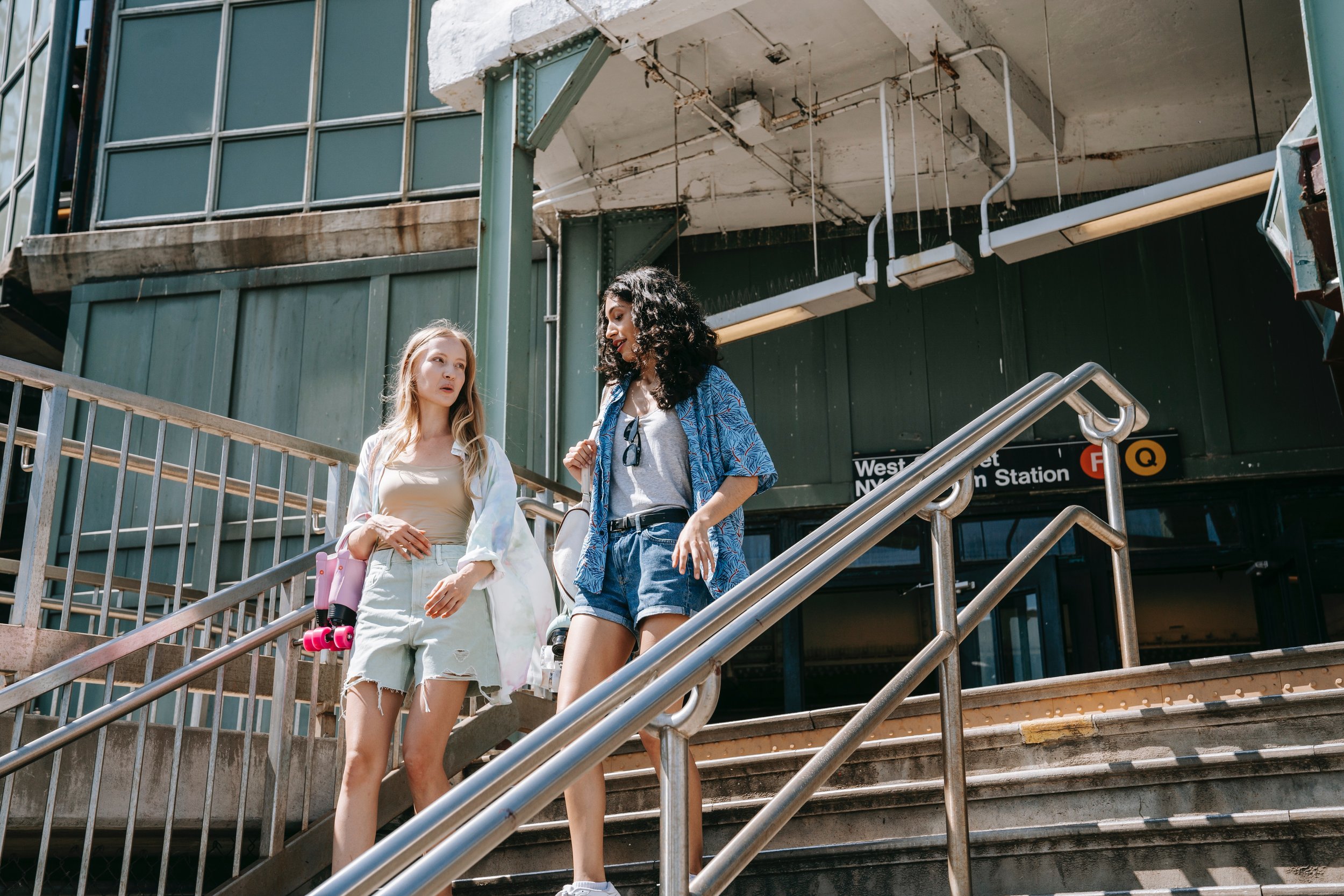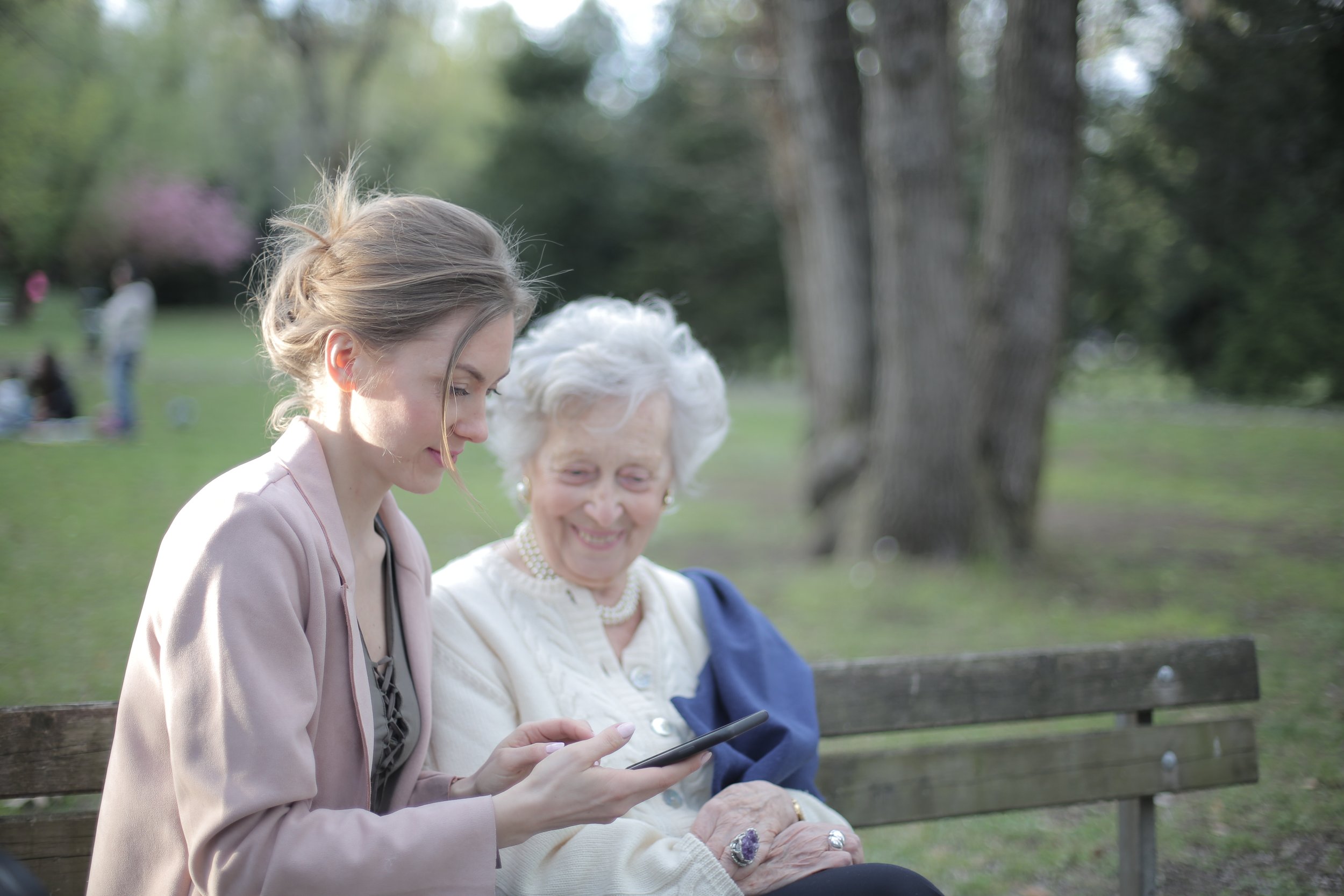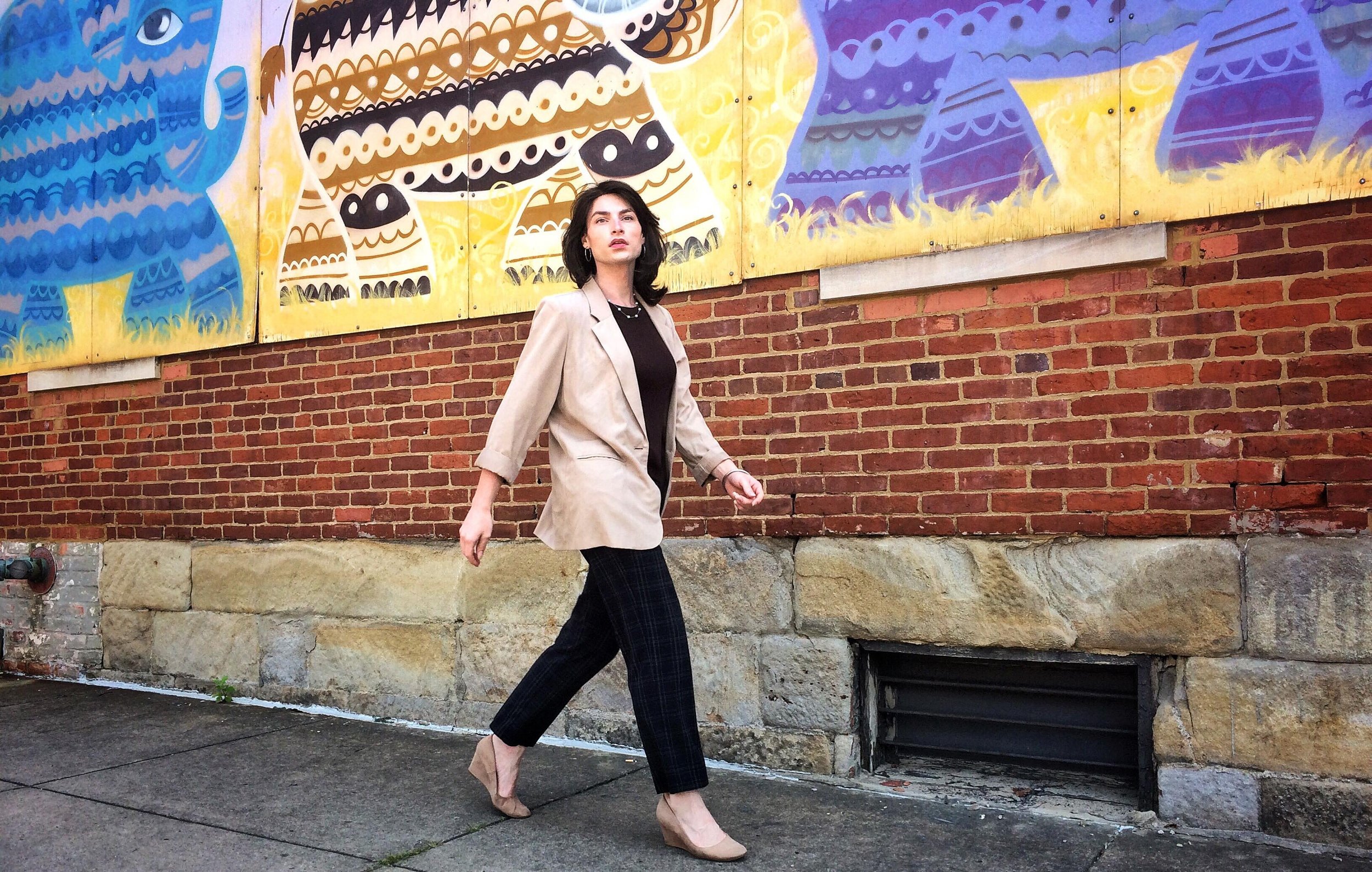The Feminist Urbanists
Have you ever been scared while out alone at night? Hollered or whistled at while walking? Have you ever been followed home? Or worse – assaulted in a dark alley?
Many, if not all, women can answer yes to at least one of these questions. And this is part of the reason why momentum is building within the sustainable transportation industry to ensure city planning happens through a more inclusive lens.
Nicole Roach and Sharee Hochman are the founders of Women in Urbanism Canada
In 2022, Nicole Roach and Sharee Hochman co-founded Women In Urbanism Canada (WIUC).
“I felt that there was a clear gap in the urbanist discourse in Canada, a country that brands itself as being progressive on gender equality. But the built environment in our cities from coast to coast told a different story,” Nicole said.
“When I first partnered with Nicole to develop Women in Urbanism Canada, I reflected on the idea that The Way We Shape Cities, Shapes Us,” said Sharee. “In my opinion, the work we’ve created since then still strongly resonates with this, which seems to have sparked many conversations about what can be done to make Canadian cities more equitable, enjoyable, and sustainable for everyone.”
Women have historically had different experiences in cities and public places. Cities were mainly designed and built by and for men, with women traditionally staying at home. Today, society has a much different outlook on women’s place in the family and workplace, however, women continue to experience daily struggles in their urban environments.
Take, for instance, public transit. Women typically take short, frequent trips at varying times of the day that do not fit within the standard 9-5 commuting patterns of the average man that our current day transport systems were created for. Women are often running errands, picking up a child, visiting an elderly relative, and completing other tasks that may happen before/after work, on a lunch break, or anytime throughout the day. Despite many women traveling at all times of the day, our transportation systems continue to be designed around peak “commuter” times, especially public transit.
Many bus schedules run for set times in the morning and afternoon, leaving huge gaps during the day, in the evenings, and on weekends when there is still a need for reliable public transportation. So, the majority of public transit users are women but the schedules are oriented around men’s travel behaviors and do not accommodate the majority of users’ preferred travel times.
Then there is the unwanted sexual behavior in public. In Canada, 33% of women have experienced unwanted comments, gestures, and actions. As such, before heading out, many women consider what they’re wearing, what route they are taking, and what time of day they are going to be traveling in an effort to reduce their risk of street harassment and gender-based violence.
The stats continue. Canadian women are 12% less likely to cycle than men. One in seven Canadian women who had been harassed on the street missed work, one in five missed school, and nearly one in three moved or considered moving.
“The process of city-building has been refined over centuries, but that doesn’t mean the cities of today are the product of continuous improvements,” said Sharee. “We must question the process of design, who it was intended for, and how it has impacted people and the environment.”
Inspired by the 1995 book Change of Plans: Towards a Non-Sexist Sustainable City and the New Zealand-based Women in Urbanism Aotearoa, WIUC’s mission is to inspire and mobilize women-led transformation in Canadian cities. In November 2022, WIUC grew significantly, welcoming a founding board of directors, and incorporated as a national not-for-profit organization in January 2023. Almost a year and a half since launching, WIUC is proving to be more than just a passion project, but rather a resource and movement Canadian cities are in need of.
In the future, WIUC hopes to play a larger role in mobilizing on-the-ground changes, such as coordinating physical interventions and facilitating community-based workshops. Some key initiatives on the horizon include launching organization memberships, developing a paid contributors program for expanded content creation, and offering a suite of services that would make it easy for cities to access and implement more diverse input and leadership from women in the community as well as women in politics, urban planning, transportation engineering, and architecture.
“The intersectional feminist city is possible and within reach,” said Nicole. “All we need is more women and diverse people playing a role in shaping our communities.”







